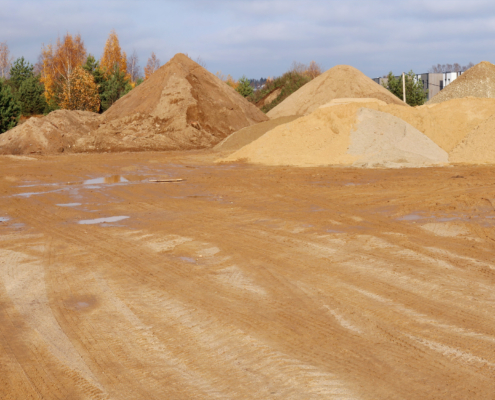 https://pontotocsandandstone.com/wp-content/uploads/2025/06/How-to-Choose-Between-Uncoated-and-Resin-Coated-Frac-Sand-for-Your-Operations.jpg
1250
2000
AbstraktMarketing
/wp-content/uploads/2021/08/Pontotoc-White-Logo.png
AbstraktMarketing2025-06-26 13:10:012026-01-05 16:14:23How to Choose Between Uncoated and Resin-Coated Frac Sand for Your Operations
https://pontotocsandandstone.com/wp-content/uploads/2025/06/How-to-Choose-Between-Uncoated-and-Resin-Coated-Frac-Sand-for-Your-Operations.jpg
1250
2000
AbstraktMarketing
/wp-content/uploads/2021/08/Pontotoc-White-Logo.png
AbstraktMarketing2025-06-26 13:10:012026-01-05 16:14:23How to Choose Between Uncoated and Resin-Coated Frac Sand for Your OperationsExploring the Geology of Limestone Deposits: Formation, Characteristics, and Extraction
With its timeless elegance and multifaceted utility, limestonehas always been an integral part of human civilization. From ancient monuments to modern skyscrapers, this sedimentary rock has left an indelible mark on architecture, industry, and our collective consciousness. However, beyond its aesthetic appeal and practical applications lies a world of geological wonders waiting to be uncovered.
In this blog, we explore into the depths of limestone’s geological origins, characteristics, and extraction processes, shedding light on its significance as a natural resource and the imperative for conservation and sustainable management practices.
Formation of Limestone Deposits
The story of limestone begins millions of years ago, in the depths of ancient seas teeming with life. Limestone is primarily composed of calcium carbonate, which accumulates over time through the accumulation of skeletal fragments of marine organisms such as coral, foraminifera, mollusks, and algae. These organisms extract calcium carbonate from seawater to build their shells and skeletons, eventually settling on the ocean floor. Over millennia, the gradual accumulation of these remains forms layers of sediment that solidify into limestone through processes of compaction and cementation.
The geological conditions conducive to limestone formation include shallow, warm, and clear marine waters, where calcium carbonate-secreting organisms thrive. Factors such as oceanic currents, temperature variations, and chemical composition influence the rate and extent of limestone deposition. The result is a diverse array of limestone formations, ranging from fossiliferous limestone rich in marine fossils to oolitic limestone characterized by spherical grains known as ooids.
Characteristics of Limestone
Limestone exhibits a remarkable diversity of characteristics, reflecting the many geological processes that shape its formation. At its core, limestone is a sedimentary rock with a granular texture and variable composition, ranging from pure calcium carbonate to impurities such as clay, silt, and organic matter. Its color palette spans the spectrum from creamy whites to earthy browns, with distinctive veining, bedding planes, and fossil imprints adding to its aesthetic appeal.
One of limestone’s defining features is its solubility in acidic solutions, a property known as calcite dissolution. This phenomenon gives rise to karst landscapes characterized by sinkholes, caves, and underground drainage systems, where limestone undergoes dissolution and reprecipitation over geological timescales. These unique landscapes serve as natural laboratories for studying geological processes and support diverse ecosystems adapted to the challenging conditions of limestone terrain.
Extraction of Limestone
The extraction of limestone from its natural deposits is a process steeped in tradition yet adapted to modern technological advancements. Quarrying, the most common method of limestone extraction, involves the use of heavy machinery to extract blocks or slabs from the earth’s crust. This process begins with the identification of suitable quarry sites based on geological surveys, topographic maps, and environmental considerations.
Once a quarry site is selected, the extraction process begins with drilling and blasting to break apart the limestone bedrock. Excavators and loaders then remove the fragmented rock, which is transported to processing plants for crushing, screening, and grinding into various sizes and grades. The resulting limestone products find applications in construction, agriculture, manufacturing, and environmental remediation, underscoring the indispensability of this versatile natural resource.
Conservation and Sustainable Management
While limestone extraction plays a crucial role in meeting societal needs, it also raises concerns about environmental impacts and resource depletion. Quarrying activities can disrupt ecosystems, alter hydrological patterns, and degrade air and water quality through dust emissions and runoff pollution. Moreover, the finite nature of limestone deposits necessitates prudent management strategies to ensure their sustainable utilization for future generations.
To address these challenges, stakeholders across industries must prioritize conservation efforts and adopt sustainable management practices. This entails minimizing the ecological footprint of quarrying operations through measures such as reclamation of mined areas, habitat restoration, and water management strategies. The promotion of circular economy principles, including recycling and reuse of limestone-derived products, can help reduce waste and mitigate environmental impacts.
Explore the versatile limestone material Pontotoc Sand & Stone has to offer today.
Innovations in Limestone Extraction and Sustainable Utilization: Paving the Way for a Greener Future
As the global demand for construction materials and industrial minerals continues to rise, the imperative for sustainable quarrying practices involving limestone deposits has never been more pressing.
Advancements in Extraction Techniques
With their rich reservoirs of calcium carbonate, limestone deposits have long been prized for their versatility in construction, agriculture, manufacturing, and environmental remediation. However, traditional quarrying methods have often come at a steep environmental cost, with habitat destruction, air and water pollution, and landscape degradation casting a shadow over the industry’s legacy. Recognizing the need for change, innovators and industry leaders have begun spearheading a paradigm shift towards more sustainable extraction practices.
- Laser Scanning and Mapping Technologies: Laser scanning technologies enable precise mapping of quarry sites, allowing operators to optimize extraction plans and minimize waste. Drones equipped with high-resolution cameras and LiDAR sensors provide aerial surveys of quarry landscapes, facilitating real-time monitoring of environmental impacts and compliance with regulatory standards.
- Robotic Machinery and Automation: Robotic machinery and automated systems streamline the extraction and processing of limestone, reducing reliance on manual labor and minimizing worker safety risks.
- Remote Monitoring and Control: In addition to laser scanning and robotic machinery, remote monitoring and control systems are revolutionizing limestone extraction. These systems allow operators to monitor quarry operations remotely, adjust equipment settings, and optimize production efficiency in real-time. By leveraging data analytics and machine learning algorithms, companies can identify trends, predict equipment failures, and optimize workflows to minimize downtime and maximize resource utilization. Remote monitoring and control technologies improve operational efficiency and enhance safety, reducing the risk of accidents and ensuring compliance with regulatory standards.
Sustainable Utilization Practices
In addition to advancements in extraction techniques, there is a growing emphasis on sustainable utilization practices that maximize the value of limestone deposits while minimizing waste and environmental impact. Circular economy principles, which prioritize recycling, reuse, and resource efficiency, are gaining traction within the industry to reduce the ecological footprint of quarrying operations.
- Waste Material Repurposing: Waste materials from limestone extraction, such as fines and dust, can be repurposed for various applications, including soil stabilization, cement production, and agricultural amendments.
- Innovative Product Design: Innovations in product design and engineering are expanding the range of uses for limestone-derived materials, from eco-friendly construction materials to carbon capture technologies.
Ecosystem-Based Quarrying
The concept of ecosystem-based quarrying is gaining momentum as a holistic approach to reconciling resource extraction with environmental conservation. By integrating biodiversity conservation, habitat restoration, and water management into quarrying operations, companies can mitigate the negative impacts of limestone extraction and contribute to the restoration of degraded landscapes.
Pontotoc Sand & Stone: Your Go-To Source for Limestone Deposits:
At Pontotoc Sand & Stone, we take pride in being your premier source for high-quality limestone deposits. With our extensive expertise in the industry, we offer a wide range of limestone products tailored to meet your specific needs. Whether you’re in need of construction aggregates, agricultural lime, or custom-sized limestone blocks, we have you covered. Our commitment to excellence extends beyond providing top-notch products; we also prioritize sustainability and environmental stewardship in our quarrying operations.
When you choose Pontotoc, you can trust that you’re getting not only exceptional limestone, but also a partner dedicated to delivering superior service and supporting responsible resource management. Reach out to build a relationship today.
Share This Post
More Like This
 https://pontotocsandandstone.com/wp-content/uploads/2025/06/How-to-Choose-Between-Uncoated-and-Resin-Coated-Frac-Sand-for-Your-Operations.jpg
1250
2000
AbstraktMarketing
/wp-content/uploads/2021/08/Pontotoc-White-Logo.png
AbstraktMarketing2025-06-26 13:10:012026-01-05 16:14:23How to Choose Between Uncoated and Resin-Coated Frac Sand for Your Operations
https://pontotocsandandstone.com/wp-content/uploads/2025/06/How-to-Choose-Between-Uncoated-and-Resin-Coated-Frac-Sand-for-Your-Operations.jpg
1250
2000
AbstraktMarketing
/wp-content/uploads/2021/08/Pontotoc-White-Logo.png
AbstraktMarketing2025-06-26 13:10:012026-01-05 16:14:23How to Choose Between Uncoated and Resin-Coated Frac Sand for Your Operations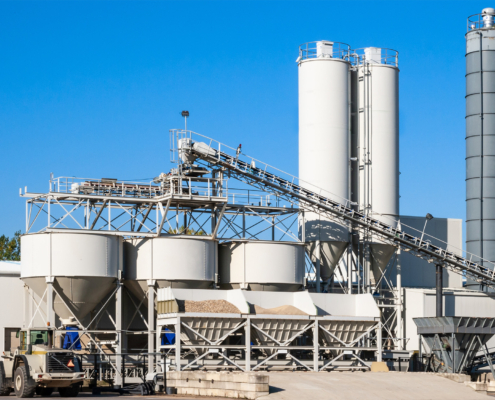
How Frac Sand Storage Affects the Quality and Efficiency of Your Fracing Operations
Tier 1 Frac Sand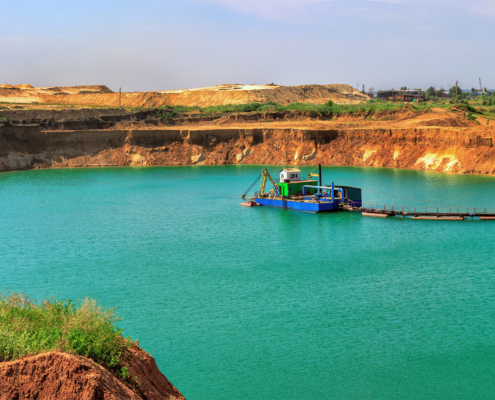
Reasons Why Locally-Sourced Frac Sand Saves You Money and Time
Tier 1 Frac Sand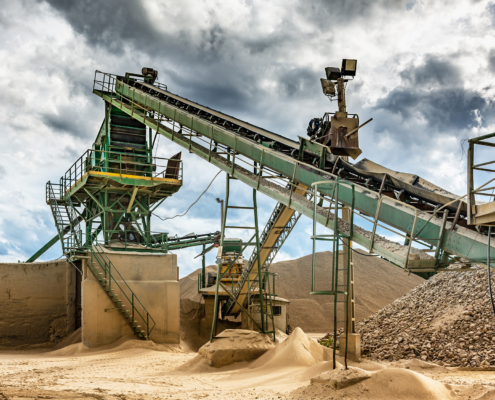
The Role of Frac Sand in Tight Oil Reservoirs: Key Considerations
Tier 1 Frac Sand
The Role of Frac Sand in Tight Oil Reservoirs: Key Considerations
Tier 1 Frac Sand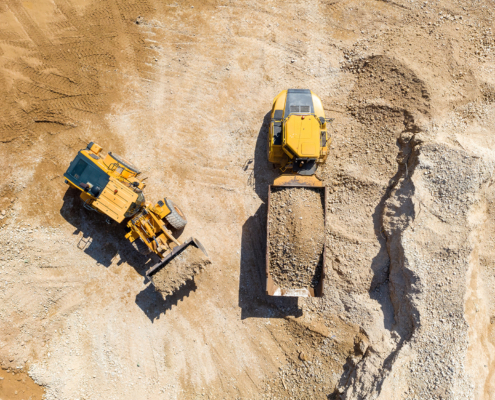
Frac Sand 101: Everything You Need to Know Before Buying
Tier 1 Frac Sand
The Role of Fracing Efficiency in Maintaining Your Operations
Tier 1 Frac Sand
The Complete Frac Sand Supplier Checklist: Your Guide to Evaluating Potential Partners
Tier 1 Frac Sand
